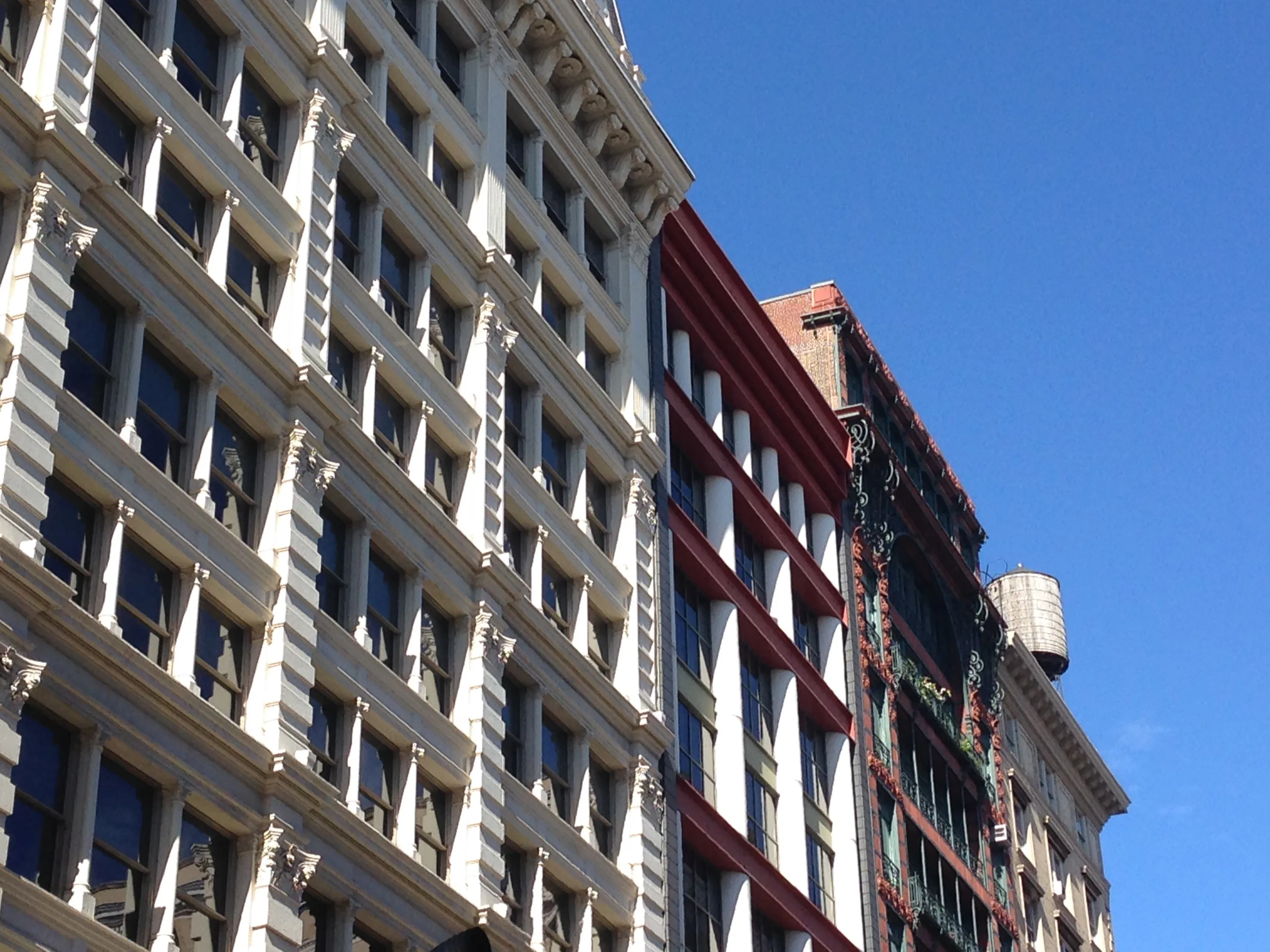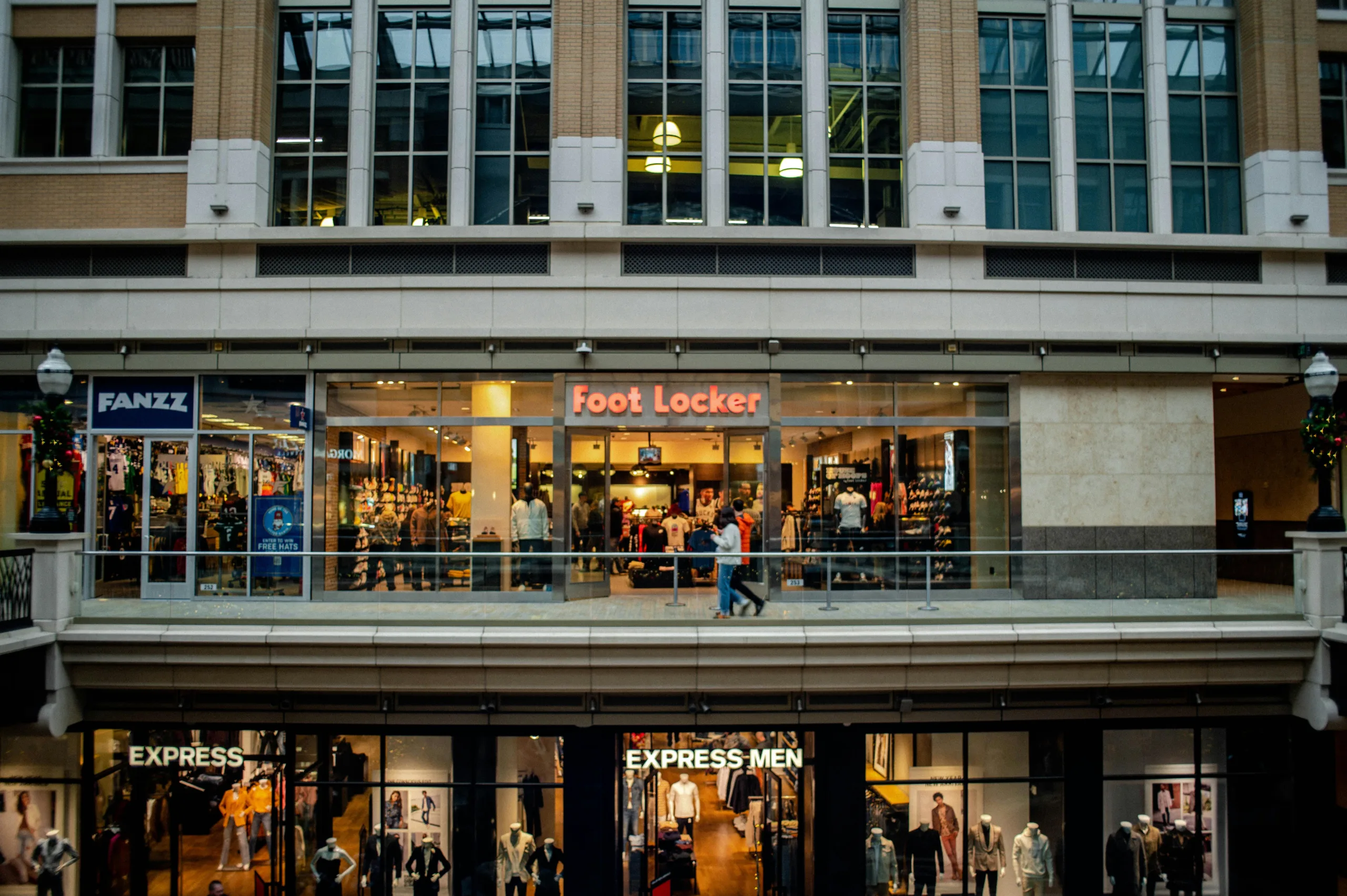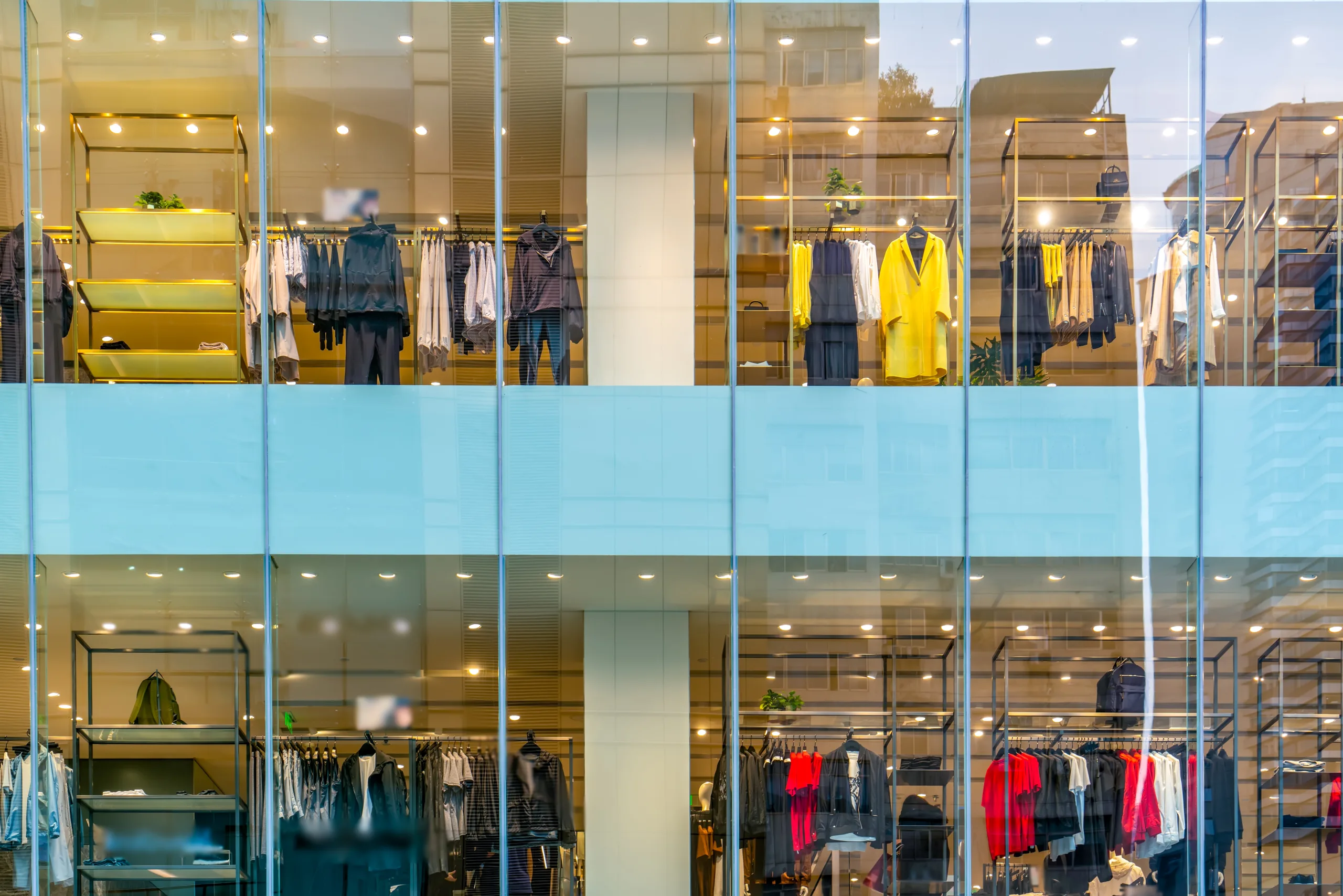- Dick’s Sporting Goods will acquire Foot Locker for $2.4B, expanding its global footprint and bolstering its position in the competitive sneaker and athletic wear market.
- Foot Locker will retain its brand identity and operate as a standalone business, even as its mall-based store strategy winds down.
- The deal comes amid major struggles for Foot Locker, which is in the process of closing 400 stores by 2026; meanwhile, investor reactions to the acquisition have been mixed.
A Strategic Move
According to Bisnow, Dick’s Sporting Goods is making its biggest acquisition yet with the purchase of Foot Locker. The deal is aimed at growing Dick’s global presence and tapping deeper into the sneaker and streetwear market.
Why Foot Locker?
Foot Locker has struggled recently. Its stock dropped sharply, and the company announced plans to close 400 stores by 2026. Most of these locations are in malls. Still, they operate about 2,400 stores globally—offering reach Dick’s currently lacks.
Get Smarter about what matters in CRE
Stay ahead of trends in commercial real estate with CRE Daily – the free newsletter delivering everything you need to start your day in just 5-minutes
How the Deal Will Work
Foot Locker will keep its brand and run independently. Dick’s will not fold it into its current store model, which includes about 800 big-box stores across the US.
Investor Reactions Are Mixed
Foot Locker shares jumped over 80% after the announcement. Dick’s stock, however, dropped more than 16%. TD Cowen analyst John Kernan said the retail sector has a poor track record with mergers, often destroying value instead of creating it.
What It Means for Retail
The acquisition highlights the pressure on retailers to adapt. As mall traffic declines and online sales grow, legacy brands are rethinking their strategies. Dick’s sees this as a way to diversify rather than duplicate its offering.
What’s Next
Success will depend on execution. For now, both brands plan to serve different consumer needs while benefiting from shared resources. If the strategy works, it may encourage more retail consolidation ahead.


















